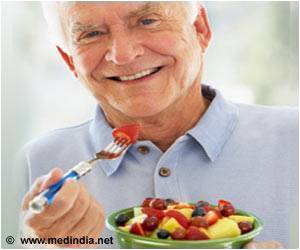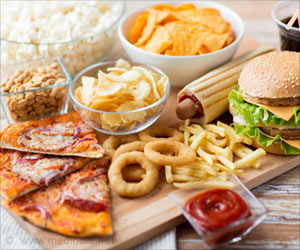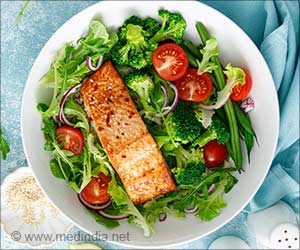Children and adults have reduced the intake of sweetened beverage intake and have increased milk and water consumption.

TOP INSIGHT
Adolescents and young adults still consumed more than the recommended limit for added sugar set by the 2015-2020 Dietary Guidelines for Americans.
Bleich and her colleagues examined data collected from 18,600 children aged 2 to 19, and 27,652 adults aged 20 or older, in the NHANES 2003-2014. Participants were asked about their consumption of seven different beverage types in the previous 24 hours: SSBs, 100% juice, diet beverages, milk (including flavored milk), unsweetened coffee or tea, alcohol, and water.
The researchers found that overall beverage and SSB consumption declined for children and adults between 2003 and 2014. In 2013-2014, 60.7% of children and 50.0% of adults reported drinking SSBs on a given day; in 2003-2004, 79.7% of children and 61.5% of adults reported drinking SSBs.
However, adolescents and young adults still consumed more than the recommended limit for added sugar set by the 2015-2020 Dietary Guidelines for Americans.
While white adults experienced declines in SSB consumption across almost all age groups, there were few other significant changes for other racial and ethnic groups. SSB consumption remained highest among black, Mexican American, and non-Mexican Hispanic adolescents--groups at higher risk for obesity and type 2 diabetes.
The increase in water consumption was a positive surprise, Bleich said. "This suggests that messages about drinking non-calorie beverages are having an effect."
 MEDINDIA
MEDINDIA
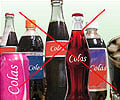


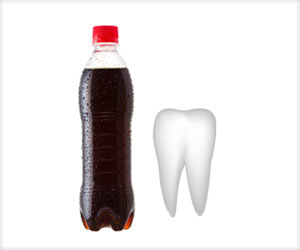
 Email
Email






